 |
 |
 |
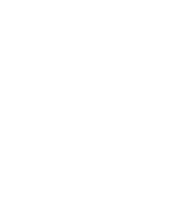
|
Cristóbal Balenciaga, cocktail dress and mantle in black lace, pink corselet belt, 1951 © Henry Clarke/Corbis
Piece now in the collections of the Museum of Lace and Fashion in Calais
|
|
 |
BALENCIAGA, LACE MAGICIAN
18/4/2015-31/8/2015
In celebration of the 120th anniversary of the birth of Cristóbal Balenciaga (Getaria, 1895-1972, Javea, Spain), the Museum of Lace and Fashion in Calais presents a new exhibition dedicated to this great designer. The show is the first of its kind to specifically address the topic of Balenciaga’s lace creations, a theme of considerable importance when we consider the prominent place which lace occupied in the designer’s work throughout his long career.
|

|
Posted 27 January 2015
|
Share this:
|
|
A co-production by the Museum of Lace and Fashion in Calais / the Cristóbal Balenciaga Foundation, Getaria, Spain. Presented in Calais in 2015 and Getaria in
2016, this exhibition has been made possible by exceptionally generous loans from the Cristóbal Balenciaga Foundation and the Archive Department of Maison Balenciaga, Paris, and with the support of Paris’ Museum of the Decorative Arts, the Palais Galliera, the City of Paris’ museum of fashion, and the Maison Lesage.
Exhibition curator: Catherine Join-Diéterle
Exhibition design / Graphic design: StudioTovar-Alain Batifoulier
|
|
|
|
|
|
|
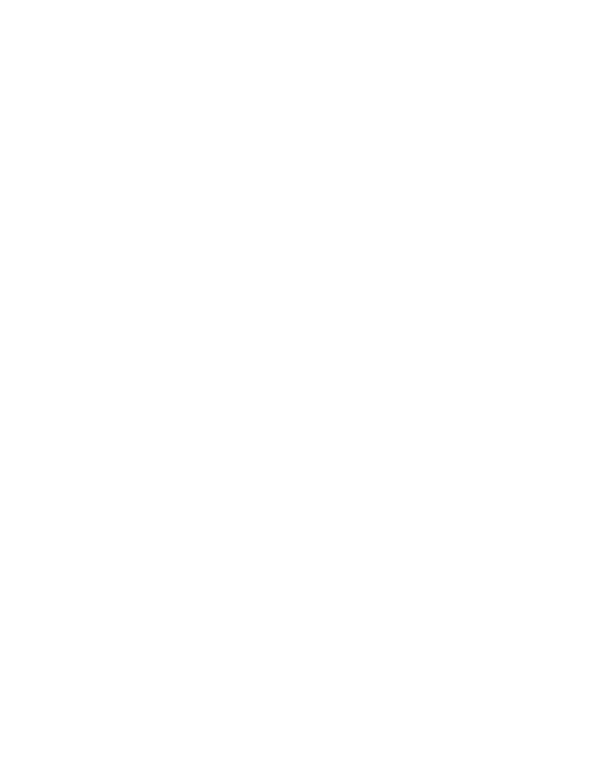
Cristóbal Balenciaga, cocktail dress and mantle in black lace, pink corselet belt, 1951 © Henry Clarke/Corbis
Piece now in the collections of the Museum of Lace and Fashion in Calais
|
|
|
|
|
|
Balenciaga’s designs often invoke the memory of the sumptuous Spanish fashions painted by Goya and Zuolaga, or the dresses worn by Zurbarán’s saints, a heritage particularly evident in some of his more spectacular evening gowns. With his use of lace accessories and items such as scarves, stoles, capes, boleros, ruffles, mantillas and elbow gloves, Balenciaga concentrated on amplifying the inherent femininity of lace clothing.
This exhibition also invokes the memory of forgotten lace producers such as Marescot, Dognin and Brivet, and offers a rare opportunity to rediscover seldom-used materials and techniques such as wool lace and crepe lace. The fabric samples on show also offer a reminder that lace patterns were often painted by hand, or re-embroidered subsequently by renowned specialists such as Lesage or Rébé. As for the tulle panels, lace without elaborate patterns, they might be embroidered to resemble English needlepoint, or else adorned with gazar ribbons to reproduce the effect of lace patterns.
Featuring almost 75 outfits and accessories (hats, gloves, shoes) along with dozens of studio photographs and sketches, this exhibition presents a wide-ranging
overview of the oeuvre of the Spanish legend, offering a comprehensive examination of Balenciaga’s relationship with lace.
|
|
|
Balenciaga’s Parisian creations are joined here by some of the many designs produced by his Spanish fashion houses, whose fabrics he selected in Paris. The Museum of Lace and Fashion in Calais has acquired a certain number of these pieces, which are particularly rare in French museums. Presenting this exhibition in Calais, where much of the mechanical lace used by the great designer was originally produced, is also a chance for the museum to pay homage to the city’s lace-making industry.
|
|
|
Although there has been no shortage of exhibitions dedicated to Cristóbal Balenciaga, this is the first such show to directly address the importance of lace in the work of the great Basque designer. Throughout his career, Balenciaga’s passion for lace was such that it is impossible to establish an exhaustive catalogue of all of his creations which incorporated this noble material. Focusing on haute couture creations, i.e. made-to-measure pieces, this exhibition proposes a threefold approach to Balenciaga’s work, examining his artistry in the context of the social history of his time, in the context of the fashion of this era, and in the context of the evolution of production techniques in both the lace and high fashion industries.
First developed in Renaissance Italy and Flanders, lace spread rapidly throughout Europe in the sixteenth and seventeenth centuries. Mechanical production greatly expanded access to this luxury product in the nineteenth century, and lace and tulle enjoyed great popularity with the leading fashion designers of the post-War era, not least Cristóbal Balenciaga.
|
|
RE-EXAMINING THE SOCIAL CUSTOMS OF THE POST-WAR ERA

|

|

|
In an age where social expectations still dictated the lives of the moneyed classes, even if these constraints were beginning to wane, lace was a prominent feature of certain types of garment to be worn at certain times of day, and more particularly for certain special occasions such as weddings. Lace was thus a constant presence throughout the day: discreet on a skirt suit in the morning, and spectacular on an evening gown at night. From the late afternoon onwards, and particularly at the cocktail hour, lace really came into its own. Hence the dazzling array of gown/mantle, gown/cape, gown/jacket ensembles, in which the gown is always the dominant element. Sometimes coloured lace was used, sometimes black. The latter is represented here in the wonderful collection of ‘little black dresses’, a fashion essential which corresponded to the social customs of the day.
|
|
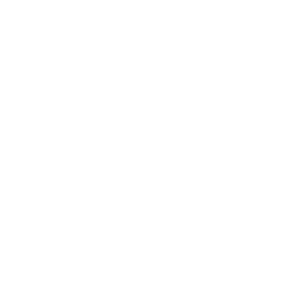
Cristóbal Balenciaga, cocktail dress and mantle in black lace,
pink corselet belt, 1951 © Henry Clarke/Corbis
Piece now in the collections of the Museum of Lace and Fashion in Calais
|
|
|
|
|
|
The evening was a time for dresses, long or short depending on the social importance of the soirée. Balenciaga, remembering the convertible outfits of the 1920s, began to imagine new forms and styles. A fine example is the dress with integrated scarf to cover the décolletage, thus making it suitable for a cocktail party, which can then be removed to reveal the shoulders and transform the dress into an elegant evening gown. Another example is the spectacular short evening dress presented here: the skirt can be converted into a cape, allowing the wearer to remain elegant at the end of the evening without getting cold. Formal occasions called for elaborate gowns, such as the tulle piece presented here in which the embroidery work is so compact and intricate that the pattern of the fabric is lost in the abundance of jet black sparkle.

|

|

|

|

|
|
|
Cristóbal Balenciaga, blouse et jupe de tailleur, 1965. Photo de dépôt de modèle avec échantillon © Archives Balenciaga, Paris. Le modèle est conservé à la Cité de la dentelle et de la mode, Calais
|
|
|
|
|
Cristóbal Balenciaga, manteau et robe de cocktail en dentelle Chantilly, 1953. Photo de dépôt de modèle © Photo et modèle conservés dans les Archives Balenciaga, Paris
|
|
|
|
|
Cristóbal Balenciaga, robe du soir et boléro en satin et application de dentelle, 1947. Photographie de dépôt de modèle © Archives Balenciaga, Paris. Modèle conservé à la Cité de la dentelle et de la mode, Calais
|
|
|
|
|
back to top
BALENCIAGA AND FASHION: A VERY MODERN DESIGNER
Balenciaga’s creations which predate the social revolution of the 1960s were already decidedly modern. As early as 1957 he was dressing his international clientele in models such as the sack dress and the baby doll, integrating lace elements and meeting the new priority of the age: to make the wearer look younger.
A resolutely European designer, English in his tailor’s training and French in his impeccable knowledge of Parisian haute couture, Balenciaga was nonetheless a creator with a keen eye for fashions from all over the world. He was capable of assimilating the essence of these fashions – European or exotic, contemporary or classical – as well as soaking up influences from historical portraits. These artistic models were primarily Spanish and French in origin, but Balenciaga succeeded in transcending his influences to create clothes which were modern and yet classic, a timelessness which makes them wearable even today.
|
|
|
Another of Balenciaga’s great strengths was his gift for accentuating the lightness and transparency of lace, playing on the contrast between the airy sleeves and front panels and the wearer’s skin. Better yet, horsehair ribbons stitched beneath the flounces of the skirts provided a solid frame, sculpting these skirts into graceful, seemingly weightless forms. On other occasions Balenciaga opted for lace featuring large, re-embroidered patterns, whose lack of transparency recalled the ‘Duchess point’ style so popular in the late nineteenth century.
Balenciaga often paired his dresses with lace scarves, partially hiding the wearer’s shoulders but stitched to the corsage so that the hands remained free. The result was an effect of unencumbered elegance, with flowing, scrolling lace framing the décolletage and embellishing the wearer’s movements without having to be held in
place.
|
|
|
|
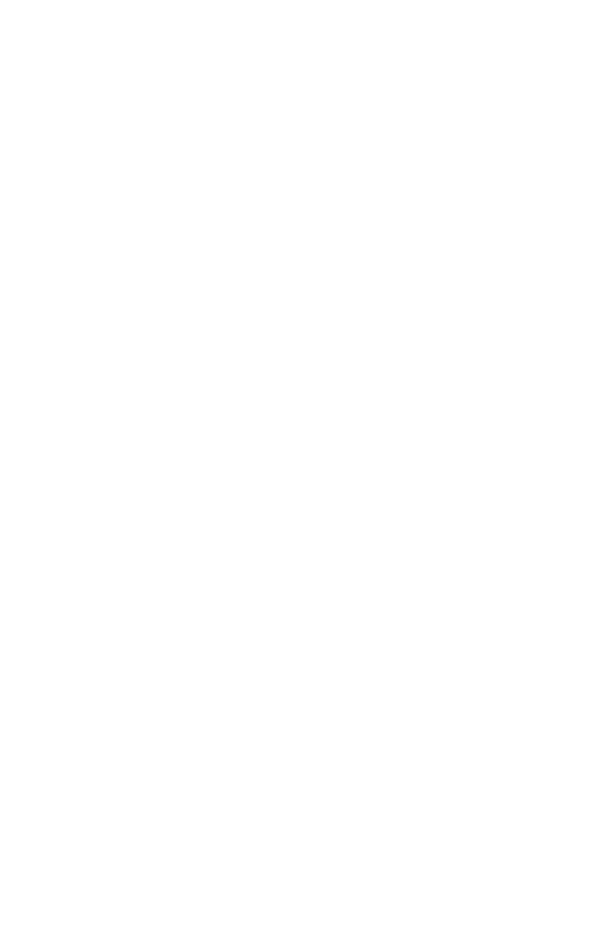
Cristóbal Balenciaga, evening gown in Dognin lace, 1951 EISA label (Spain)
© Florian Kleinefenn
Piece now in the collections of the Museum of Lace and Fashion in Calais
|
|
|
|
|
|
Paris’ most celebrated designers ordered their lace from Calais, Lyon and Caudry. Balenciaga used lace for all of his creations, in Paris but also in San Sebastián, Madrid and Barcelona. And so for over 20 years, from the end of the war until the master’s retirement in 1968, Balenciaga’s clients in Paris, and throughout Europe and America, were dressed in Calais lace.
The materials provided by lace-makers in this period did show some signs of innovation, but more often in their use of artificial or synthetic fibres – silk is a rare commodity – than in their generally very traditional patterns. The classic models were established in the eighteenth and nineteenth centuries: peonies, pomegranate flowers, Chantilly roses.
Lace was often reworked. In the 1950s these fabrics were often painted by hand, embroidered with coloured threads and fine ribbons, sequins and pearls, or even straw and raffia. The next decade saw the introduction of plastic elements in ever more vibrant colours. Balenciaga also developed a taste for adorning tulle lace with organza ribbons, creating a light, frothy effect.
|
|
THE DAY-TO-DAY LIFE OF A HAUTE COUTURE HOUSE

|

|

|
This exhibition also features a wealth of documents: orders, invoices and studio sketches, along with client files and a large number of photographs taken for copyright purposes, registering Balenciaga’s designs to fend off counterfeiters.
This trove of documentary evidence provides a unique insight into the day-to-day running of a haute couture house. We also get a glimpse of many pieces created in Spain, but based on prototypes originally crafted for the Parisian collections.
Over and above the inherent beauty of the items on display, this exhibition thus has an educational dimension, addressing some of the questions frequently posed by visitors regarding the changing tastes and styles of years gone by, and life behind the scenes at one of the most illustrious fashion houses of the age, a world that has now disappeared from view.
|
|
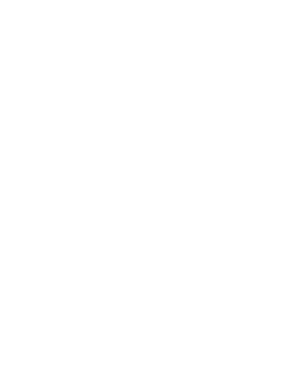
Cristóbal Balenciaga, robe du soir en soie ivoire et tulle vert pâle brodé, 1966 © Manuel Outumuro. Modèle conservé à la Fundación Cristóbal Balenciaga Fundazioa, Guetaria, Espagne
|
|
|
|

|

|

|
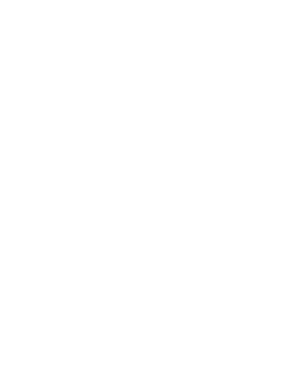
Cristóbal Balenciaga, robe du soir courte en taffetas et tulle, vers 1927 © Manuel Outumuro_Modèle conservé à la Fundación Cristóbal Balenciaga Fundazioa, Guetaria, Espagne
|
|
Exhibition Curator
Catherine Join-Diéterle has a doctorate in the History of Art. She is a National Heritage Curator and an Honorary Director of the Palais Galliera, the City of Paris’ museum of fashion, as well as an author and freelance exhibition curator.
After a spell as curator of the Musée du Petit Palais in Paris, in 1989 she was appointed Director of the Palais Galliera, the City of Paris’ museum of fashion, a post she would occupy until 2009. She founded the Chair for Fashion and Dress at the Ecole de Louvre in 2007, and now teaches at Esmod Paris. Catherine Join-Diéterle has also curated a large number of exhibitions: Evening Gowns, Givenchy and The Crinoline Empire to name but a few. More recently she curated the exhibition L’envers du décor (Behind the Scenes) at the National Centre for Costumes and Stage Design in Moulins.
|
|
|
|
|
|
Forced into exile by the Spanish Civil War, in 1936 he opened his first haute couture house in Paris at 10 Avenue George V. His work immediately drew praise from the critics, who appreciated the precision of his lines, his predilection for black and his creative use of embroidery and lace. The press also noted his unique blend of French and Spanish influences, and sensitive reinterpretation of 18th and 19thcentury models. Balenciaga was considered by his contemporaries, not least Christian Dior, as a master of the art of fashion, and a major source of inspiration. Balenciaga dressed a diverse clientele comprised of old money aristocrats, European and American celebrities and classic film stars like Marlene Dietrich...
It was in Paris that Balenciaga’s genius truly blossomed. Among his most influential innovations were the introduction of the ‘barrel line’ in 1947, the semi-fitted suit and smocked blouse in 1951, the tunic in 1955, the sack and baby-doll dresses in 1957… A great connoisseur of fabrics, he commissioned Abraham to create a special material just for him: gazar, which he would ‘sculpt’ to create extravagant skirts for some of his evening gowns. These creations consciously echoed the works of Spanish artist Zurbarán. He also commissioned embroidery works from the great craftsmen of the day: Lesage, Rébé, etc. In spite of their great originality, Balenciaga’s creations are essentially timeless. In 1968, at the peak of his international fame, Cristóbal Balenciaga retired and closed all four of his fashion houses, three in Spain and one in Paris. He died in
Javea in 1972.
Balenciaga has been the subject of numerous exhibitions all over the world (New York, London, Paris, Melbourne etc.), and a museum has been created in his honour in his home town of Getaria.
|
|
|
Housed in a former lace factory typical of the large workshops which flourished here in the nineteenth century, the Museum of Lace and Fashion provides an original setting in which to discover an exceptional collection of artefacts recounting the history of lace production in Calais, the evolution of the textile industry and the place of lace in fashion. The museum’s collections are divided into five gallery spaces spread across 2500m2, addressing themes such as the craft and techniques of lace-making, the social and economic history of lace and its uses, as well as the role of lace in contemporary fashion. A living, thriving centre of learning and debate, the museum also aims to serve as a showcase for the lace-making profession, contributing to the international renown of Calais, the global capital of mechanical lace.
Bearing witness to Calais’ epic industrial history, the museum takes visitors on an incredible journey to the heart of lace. The permanent exhibition lifts the lid on the secrets of the manufacturing process, with a crowning attraction in the form of four fully-functioning Leavers looms, complete with professional weavers producing authentic Calais lace before your very eyes.
More than just a museum, this cultural centre is also a vibrant hub of discussion and discovery, with a packed programme of visiting exhibitions, cultural activities for families, debates and presentations, textile workshops, guided tours and more.
Opening Hours
Every day except Tuesdays, 10:00 – 18:00
Annual holidays: 1st-15th January inclusive, 1st May and 25th December
Prices
Permanent collections and Balenciaga exhibition: €7 / Concessions: €5
Balenciaga exhibition: €4 / Concessions: €3
Seven-Day Pass for the Lace Museum / Fine Arts Museum:
€7 / Concessions: €5
Annual Pass for the Lace Museum / Fine Arts Museum: €22 /
Concessions: €16
Concessions: visitors with disabilities, jobseekers, visitors aged 65 and over,
under 18s, students and families. Entrance to the museum is free for children
under the age of 5, and free for all visitors on the first Sunday every month.
Special prices and guided tours available for groups.
For more information call: +33 (0)3 21 00 42 32.
Museum of Lace and Fashion
135 Quai du Commerce
F-62100 Calais
+ 33 (0)3-21004230
cite-dentelle@mairie-calais.fr
www.cite-dentelle.fr
|
|
|
|
|
|
|


